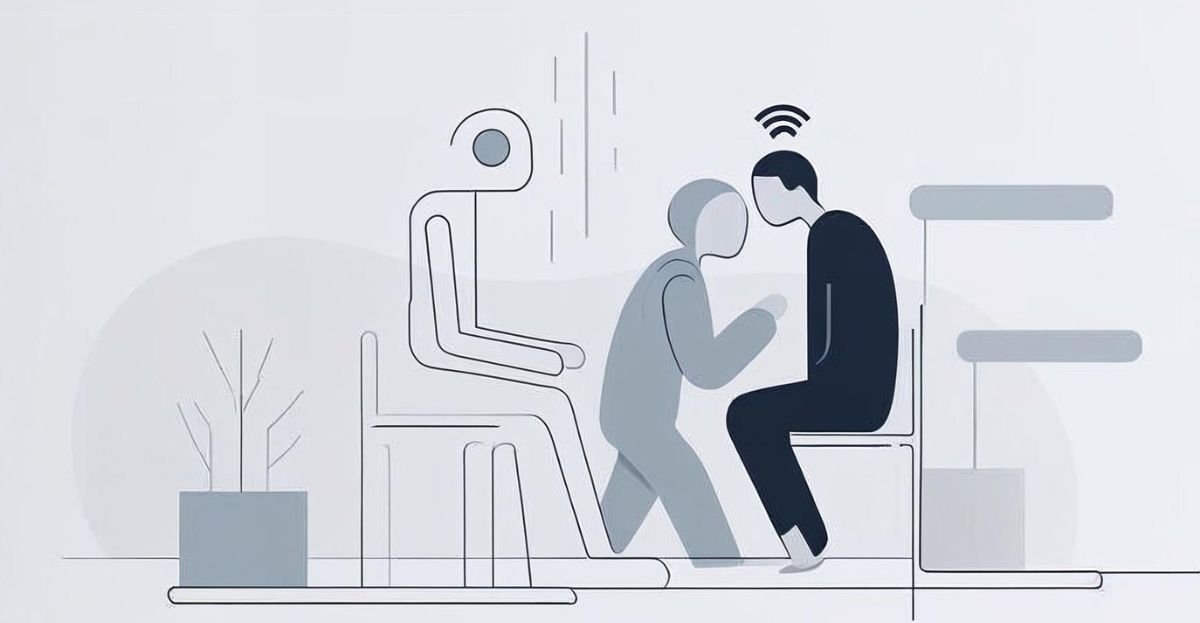The Human Touch in an AI World: Balancing Tech and Empathy in Modern HR
Introduction
In an increasingly digital world, the integration of artificial intelligence (AI) into corporate functions has become almost inevitable. Among the numerous areas being transformed, human resources (HR) stands out as a domain where maintaining a balance between technological advancements and the human element is particularly challenging. While AI-driven solutions promise efficiency and streamlined processes, they also pose a risk to the empathy and personal connection that define effective human resource management.
As companies rush to adopt AI-powered recruitment, performance monitoring, and employee engagement tools, there is a growing concern that the focus on data-driven decision-making could overshadow the human-centric aspects of HR. Algorithms might help identify top candidates or assess productivity metrics, but they cannot fully comprehend the complexities of human emotions, aspirations, or interpersonal dynamics. In this evolving landscape, it is crucial to recognize that the core mission of HR – fostering meaningful relationships and nurturing employee well-being – remains unchanged.
The Rise of AI in HR
AI has significantly revolutionized HR practices. From recruitment to performance monitoring, AI-driven algorithms make talent acquisition faster and more efficient by minimizing human biases and automating candidate evaluation. Moreover, AI analytics offer insights into employee engagement, productivity, and performance metrics that would otherwise be challenging to measure, guiding better decision-making processes.
In addition, onboarding has become more streamlined with automation, and AI-powered chatbots efficiently handle routine employee queries. This automation frees HR professionals to focus on more strategic initiatives. However, the increased use of AI raises questions about whether the personal touch, integral to human resources, is being compromised.
The Role of AI in Workforce Analytics
AI-driven analytics are not just transforming recruitment but also playing a significant role in understanding workforce dynamics. By analyzing vast amounts of data, AI tools can detect patterns in employee performance, absenteeism, and job satisfaction. This data-driven approach helps managers make informed decisions regarding talent development and workforce planning. However, despite the efficiency gained, these algorithms may sometimes overlook the human context behind the numbers, such as personal struggles or unique circumstances that influence performance.
Addressing Employee Concerns
The adoption of AI in HR has sparked concerns among employees regarding job security and data privacy. Employees often feel uneasy about being constantly monitored and evaluated by algorithms. To address this, HR leaders should proactively communicate the purpose behind using AI tools, emphasizing that the goal is to enhance rather than replace human contributions. Transparent communication can reduce resistance and foster acceptance, allowing employees to see AI as a supportive tool rather than a threat.
Related Posts
Why Empathy Still Matters Despite technological innovation, empathy remains the cornerstone of effective human capital management. Employees are not merely data points; they are individuals with emotions, aspirations, and challenges. According to a Gallup study, employees who feel valued and understood are 22% more engaged and 37% less likely to leave their jobs.
Certain situations, such as conflict resolution, personal crises, and career growth, require a human-centric approach. While AI can help detect potential issues, meaningful intervention demands compassionate communication—a domain where machines still fall short.
Best Practices for Integrating AI Effectively in the Workplace
Finding the Balance: Human-AI Collaboration
To maintain the human touch in HR while leveraging AI’s benefits, organizations can implement the following strategies:
- Blending Automation with Human Interaction: Automate repetitive tasks using AI while reserving critical decision-making for human input.
- Training HR Teams: Equip HR professionals with digital skills while prioritizing the development of human connection and emotional intelligence.
- Prioritizing Well-Being: Use AI to identify potential burnout or disengagement, but ensure that follow-up and support happen through personal interactions.
Human-Centered AI Design Organizations should design AI tools that prioritize user experience and empathy. Incorporating feedback from HR teams and employees during the development process can make AI tools more intuitive and less intimidating. Additionally, embedding ethical guidelines into AI systems can help avoid biases and maintain fairness in decision-making.
Conclusion
The future of HR lies in the seamless collaboration between AI efficiency and human empathy. By intelligently integrating technology without sacrificing the human element, organizations can foster a work environment that values both innovation and compassion. As businesses evolve, HR departments that maintain this balance will set new benchmarks for success. By prioritizing empathy alongside technological advancements, organizations will create a more inclusive and supportive workplace where both employees and businesses can thrive.










